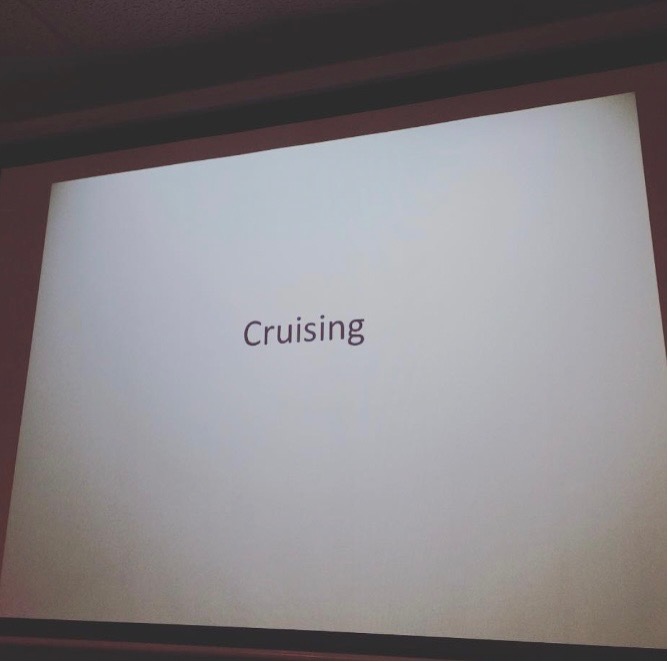After Douglas Crimp Questionnaire Response: Janet Wolff
VCS in the 90s It’s now thirty years since I arrived in Rochester, taking over as VCS director from Mieke Bal in the program’s second year. I think I am right in recalling that Douglas came the following year – 1992. Michael Holly as Chair of Art and Art History had brought us both to Rochester, and we worked closely together until she left (for the Clark Art Institute) in 1999. I left (for Columbia University, and then later home to England) in 2001. So for most of the 90s we worked together, the three of us. We were a great team, with an effortless and easy collaboration and division of labor – our offices next door to one another, dropping in and out for chats and consultations. It was the best job of my life, and I still miss it. Now, of course, I also really miss Douglas. We kept in close touch and met regularly in New York. He also came to Manchester on two occasions on a Simon Visiting Fellowship which …

